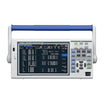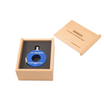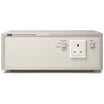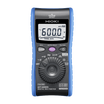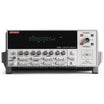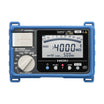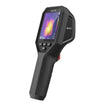
GRAS 44AB Mouth Simulator according to ITU-T Rec. P51
Use our chat for personal support or contact us via +45 31 33 18 19 or salg@GOmeasure.dk
At the mouth reference point (MRP), which is 25mm from the detachable lip ring (35mm from the mouth of the Type 44AB), the maximum continuous signal it can produce in 1/3-octave bands is 100dB re. 20µPa in the frequency range 100Hz to 16kHz. Its loudspeaker accepts an external signal directly via a BNC input.
Discover the possibilities
More information
Description
GRAS 44AB Mouth Simulator according to ITU-T Rec. P51
At the mouth reference point (MRP), which is 25mm from the detachable lip ring (35mm from the mouth of the Type 44AB), the maximum continuous signal it can produce in 1/3-octave bands is 100dB re. 20µPa in the frequency range 100Hz to 16kHz. Its loudspeaker accepts an external signal directly via a BNC input.Jigs are included for calibration according to CCITT P.51 and IEEE 269. These are for use with ¼" or ½" microphones. One jig holds the microphone at 0º incidence (¼" only) to the sound source, the other at 90º incidence (¼" or ½").
NOTE: This type of mouth simulator can not be mounted inside a KEMAR head.
Specifications
Documents
GRAS 44AB Mouth Simulator according to ITU-T Rec. P51
GRAS 44AB Mouth Simulator according to ITU-T Rec. P51 datasheetOptions
Video
GRAS 44AB Mouth Simulator according to ITU-T Rec. P51
At the mouth reference point (MRP), which is 25mm from the detachable lip ring (35mm from the mouth of the Type 44AB), the maximum continuous signal it can produce in 1/3-octave bands is 100dB re. 20µPa in the frequency range 100Hz to 16kHz. Its loudspeaker accepts an external signal directly via a BNC input.Jigs are included for calibration according to CCITT P.51 and IEEE 269. These are for use with ¼" or ½" microphones. One jig holds the microphone at 0º incidence (¼" only) to the sound source, the other at 90º incidence (¼" or ½").
NOTE: This type of mouth simulator can not be mounted inside a KEMAR head.


